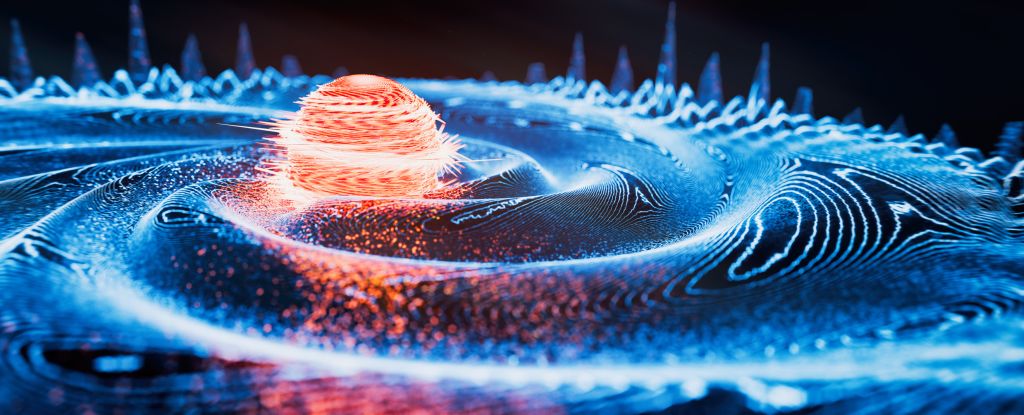
Just as ocean waves sculpt our coastlines, ripples in the fabric of space-time might have once charted the evolutionary course of the Universe, leading to the cosmos we observe today. A groundbreaking new theory posits that gravitational waves, rather than the elusive inflatons, were the driving force behind the Universe’s rapid early expansion and the subsequent distribution of matter.
The theory, introduced by theoretical astrophysicist Raúl Jiménez of the University of Barcelona, challenges long-held assumptions about the Universe’s infancy. “For decades, we have tried to understand the early moments of the Universe using models based on elements we have never observed,” Jiménez explains. “What makes this proposal exciting is its simplicity and verifiability. We are not adding speculative elements, but rather demonstrating that gravity and quantum mechanics may be sufficient to explain how the structure of the cosmos came into being.”
The Quest to Understand the Universe’s Beginnings
Scientists have long been puzzled by the earliest stages of the Universe following the Big Bang, which occurred approximately 13.8 billion years ago. While existing theories offer plausible scenarios, they often rely on hypothetical constructs like the inflaton—a particle or quantum field theorized to have driven the Universe’s rapid inflation.
The inflaton is thought to explain the Universe’s sudden expansion from a singularity—a point of infinite density—into a vast expanse filled with a hot plasma that eventually cooled to form matter. However, despite extensive research, no direct evidence of the inflaton has been found.
Gravitational Waves: A New Perspective
Jiménez and his colleagues sought an alternative explanation, one that would not depend on speculative elements. They turned to a simplified model of the Universe consistent with general relativity and current observations, known as de Sitter space. In this framework, quantum fluctuations in space-time, or gravitational waves, could be generated by tensor perturbations—a type of turbulence.
Gravitational waves, the ripples in space-time caused by massive disruptions, are thought to permeate the Universe. While those detectable today are produced by events like the collision of neutron stars and black holes, it’s believed that a constant background of gravitational waves exists, too subtle for current detection capabilities.
“Our proposed mechanism could remove the need for a model-dependent scenario: the choice of a scalar field, as the inflaton, to drive inflation,” the researchers write.
Implications and the Road Ahead
The researchers discovered that gravitational waves generated by tensor perturbations in their model could independently create density variations in the primordial plasma and drive the Universe’s early expansion. These variations might have led to the formation of dense clumps, which under gravity’s influence, could collapse to form the first stars, galaxies, and black holes.
This elegant solution reduces reliance on hypothetical particles as the primary drivers of the Universe’s evolution. However, further research is necessary to verify this theory and explore its implications fully.
The announcement comes as the scientific community continues to grapple with unexpected findings, such as the James Webb Space Telescope’s discovery of massive galaxies earlier in the Universe’s history than previously anticipated. These revelations highlight the need for models that align more closely with observed phenomena.
Looking Forward
The work of Jiménez and his team, published in Physical Review Research, opens new avenues for understanding the Universe’s origins. As technology advances, enabling the detection of more subtle gravitational waves, the scientific community may soon gain the tools needed to test this compelling theory.
Meanwhile, the debate over the Universe’s early moments continues, with researchers striving to reconcile theoretical models with empirical data. The exploration of gravitational waves as a fundamental force in shaping the cosmos represents a promising step in this ongoing quest for knowledge.







